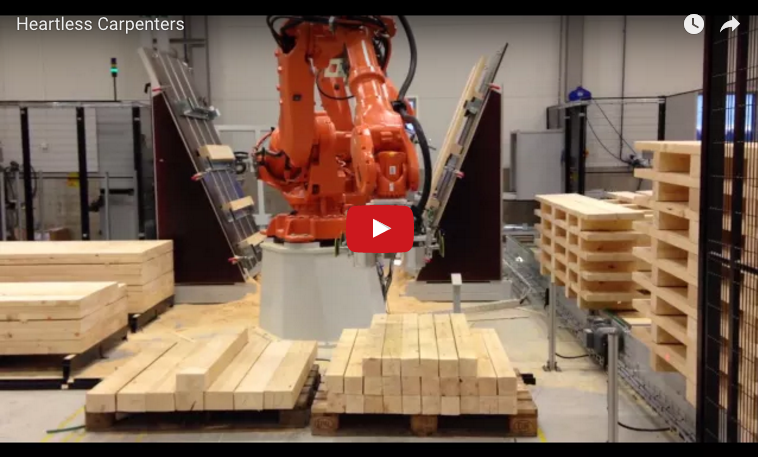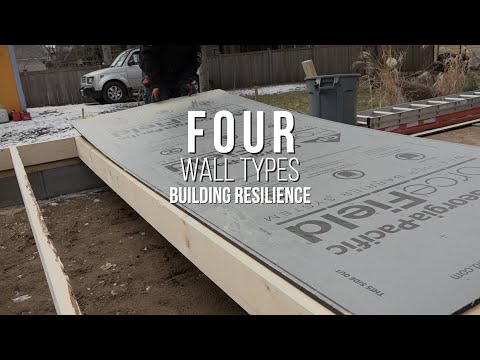Never needs to check its iPhone
If there are too many unemployed people, while simultaneously too few construction workers, will robots be welcomed on the jobsite?
"Construction Robotics was founded in 2007 with the goal of bringing robotics and automation to onsite construction."
The main obstacles that needed to be overcome:
- Placing mortar
- Placing a brick
The solutions:
- Apply mortar to the brick then set it on the wall rather than apply mortar to wall and then set brick on top of it.
- Lasers with movement sensors
It takes about an hour to set up the tracks and SAM (Semi Automated Mason) is off and running—so to speak. Feed the critical measurements to SAM: wall heights, window locations and sizes, and SAM lays brick all day as long as you feed him brick, SAM puts it on the wall. He never needs a lunch break.
Disruption alert:
In this construction model, the humans do the low-skilled work—carrying bricks and mixing mortar. This is great if you sign the front of the paycheck, and it is a big fat problem if you sign the back.
Did you hear what we just said there?
If you are relying on your muscles rather than your mind to advance your construction career, it is time to re-think your career strategy. It will not be long before a robotic tender eliminates the need for someone to carry bricks and mix mortar.
If robots can work on jobsites to build homes, think about how these little dandies will fit into modular home construction.
Bottom Line:
Artificial intelligence is still WAAAY behind actual intelligence. The more you know, the more you make.
Know more.











